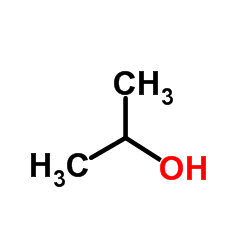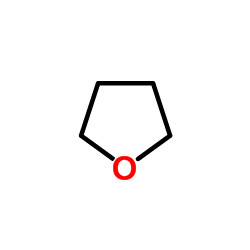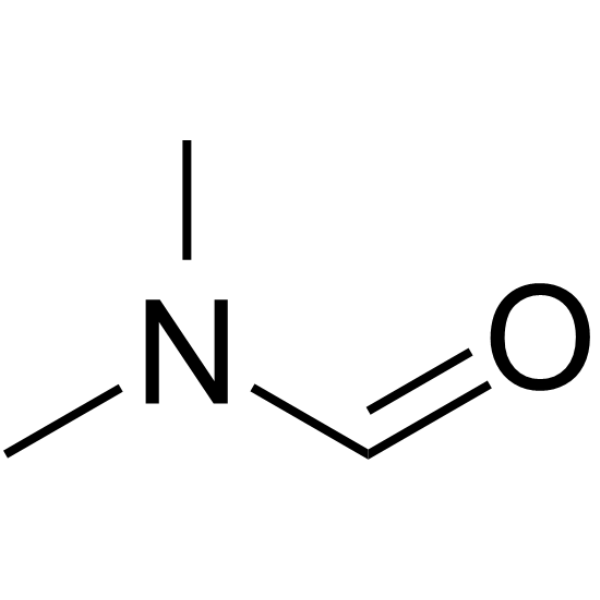| Structure | Name/CAS No. | Articles |
|---|---|---|
 |
Chloroform
CAS:67-66-3 |
|
 |
Sodium hydroxide
CAS:1310-73-2 |
|
 |
sodium chloride
CAS:7647-14-5 |
|
 |
Ethanol
CAS:64-17-5 |
|
 |
Hydrochloric acid
CAS:7647-01-0 |
|
 |
Methanol
CAS:67-56-1 |
|
 |
Isopropanol
CAS:67-63-0 |
|
 |
thf
CAS:109-99-9 |
|
 |
3-Ethyl-2,4-pentanedione
CAS:1540-34-7 |
|
 |
N,N-Dimethylformamide
CAS:68-12-2 |